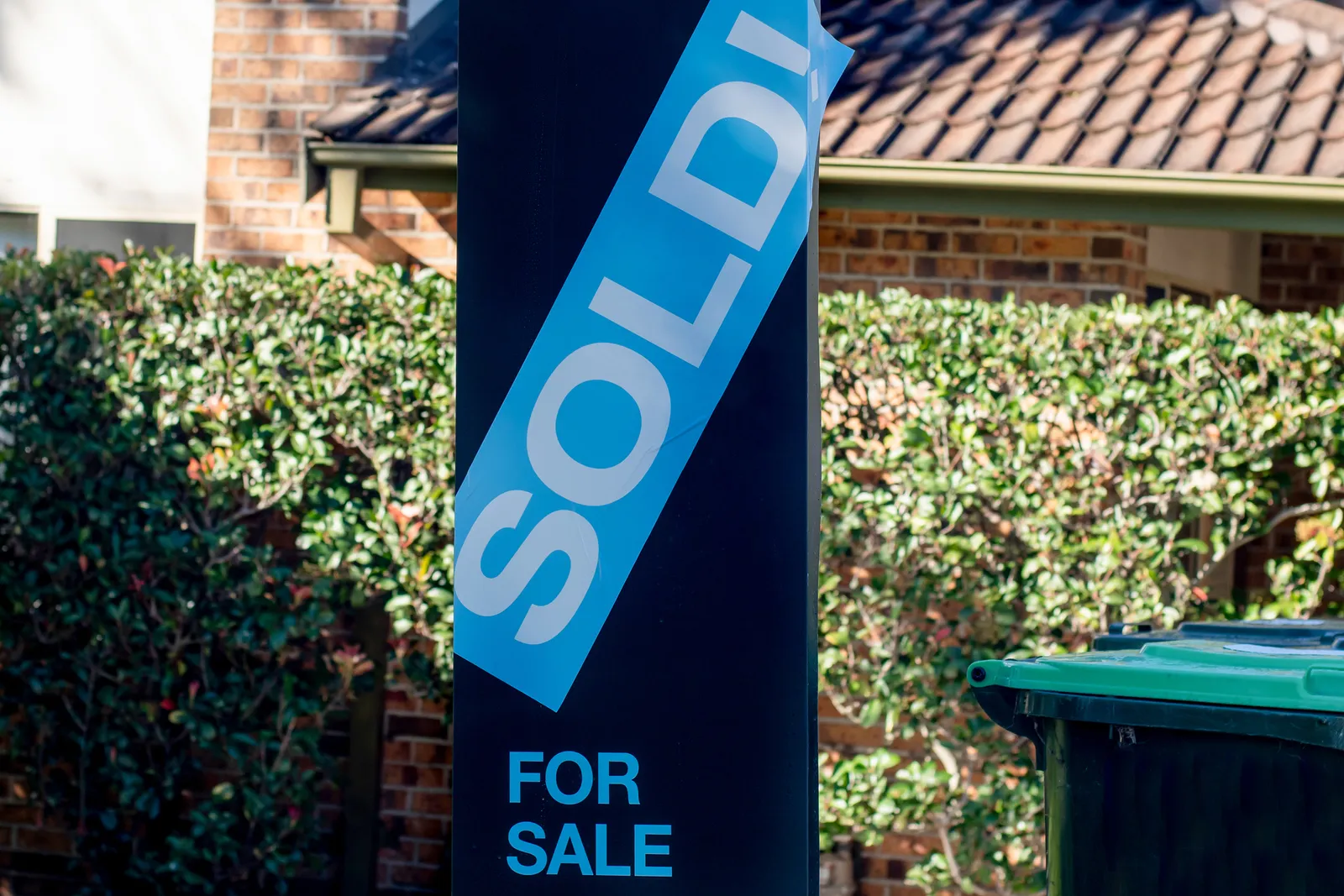
After a wild year in real estate, this is what’s likely to happen next
What a difference 12 months makes, especially in the property market.
In 2021, national property prices increased by 22.8% year-on-year, although price growth had started to slow. Inflation was looming but not seen as a pressing concern and most people thought interest rate hikes were some way off.
Fast forward to the end of 2022 and property prices fell by 1.9% over the first 11 months of the year and official interest rates shifted from 0.1% throughout most of the pandemic to 3.1% between May and December as inflation continued to surge.
As a result of the rise in interest rates, borrowing capacities have reduced by around 25%. This means a lender will allow you to borrow 25% less than they would have before the interest rate increases.
Many purchasers no longer have the capacity to pay the prices they were before interest rates started to increase.
Measures of consumer sentiment show that confidence is sitting at recessionary levels and this is clearly having an impact on buying and selling intentions in the market, resulting in fewer buyers, a reduction in sales and the selling process taking longer than it did a year ago.
While sales volumes started the year stronger than they were in early 2021, they have ended up back at levels similar to those in 2019.
Of course, 2019 was the last year not impacted by Covid, and last year was an extraordinary one for transaction volumes. Still, sales volumes have slowed quickly as interest rates have lifted and consumer sentiment has fallen.
While there is still historically strong demand from buyers, there’s more reluctance to put in offers given that interest rates are climbing each month with uncertainty surrounding when that will end, and prices are falling.
The number of new listings on the market wasn’t at its typical seasonal peak towards the end of the year, particularly in spring.
New listings in November 2022 were both lower than last year and lower than any other recent November except for 2019 and 2020. At the same time, the slowing rate of sales has seen the number of total listings mount.
Properties are also taking longer to sell, with the median number of days a property was listed on realestate.com.au rising from the lows of a year ago but remaining low compared to pre-pandemic levels.
While property prices have taken a hit over the past year, the rental market continues to see rents climb.
Over the 2021 calendar year, national rents rose 4.7%. Over the first 11 months of 2022 they increased by 6.7%. Rental growth has slowed in the regions from 10.5% to 7.1%, but lifted significantly across the capital cities from 0% last year to 8.9% so far this year.
Higher interest rates are contributing to fewer first-home buyer and investor purchases, while re-opened international borders are further adding to rental demand. As a result, demand for rentals is heightened – and escalating while supply remains constrained.
This combination is pushing rents higher.
Rental vacancy rates are sitting at historic lows, as are new and total rental listings, and the number of days a rental property is listed on realestate.com.au before leasing. At the same time, demand for rental accommodation is at record highs in capital cities but has eased in regional markets.
Although there are some signs that the tightness in regional rental markets is easing, it has become tougher to rent in capital cities.
With life largely back to normal post-Covid, the impetus to leave the cities has reduced. Some that moved away are returning and most people moving to Australia are looking to rent in the major cities.
Rents in markets like Sydney and Melbourne saw negligible increases throughout the pandemic. But with supply reducing and demand lifting, they have seen the cost of renting shift much higher throughout 2022, while smaller capitals have continued to be hampered by tight supply pushing up prices.
Looking to 2023, escalating demand and tight supply are likely to see rental increases persist, but more so in the capital cities than in regional areas.
With higher interest rates reducing borrowing capacities and reducing property prices, we expect many of the trends in the buy/sell market to continue.
Longer-term, as prices decline, interest rates stabilise and wages grow, we expect to see market conditions improve, with vendors more willing to list and potential buyers more willing to transact.
Hopefully, we will also see more investors return to the market, creating more rental supply.
Source: realestate.com.au/insights/